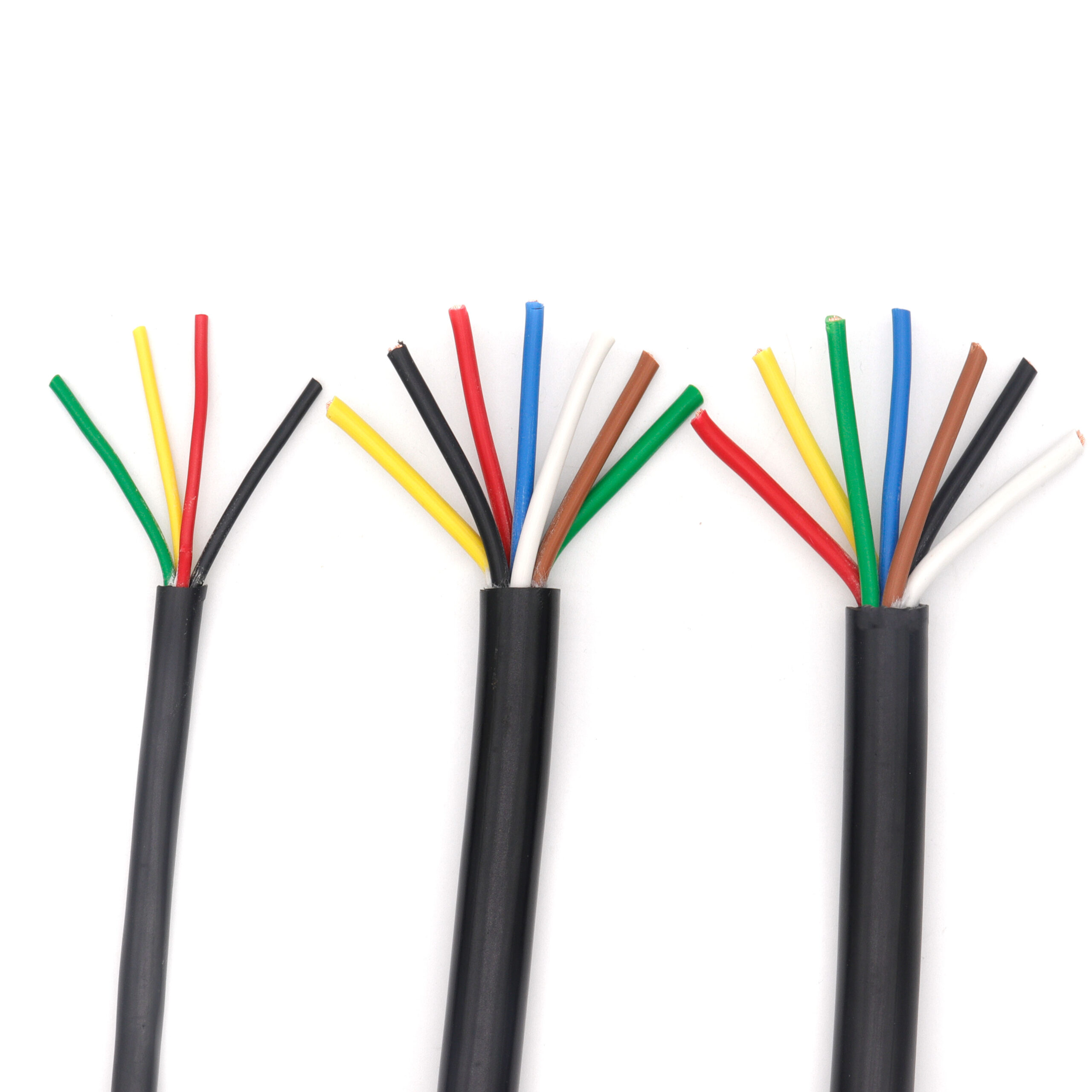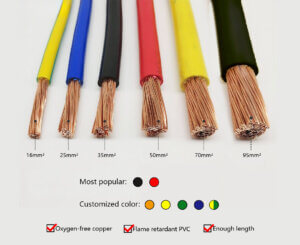Types of Electrical Wires and Cables
Wire and cable are used to transmit power, transmission of information, and electromagnetic energy conversion of a large class of electrical products.
Since 1836, when the world manufactured the first low-voltage electric wire, wire and cable have developed into a wide range of uses and categories, offering a complete range of product types.
At present, wire and cable are mainly divided into the following five categories:
Category I: Bare Wire
Only the conductor, without insulation products.
Category II: Winding Wire
In the form of winding in the magnetic field, cutting magnetic lines of induction to produce current, or through the current to produce a magnetic field used in the wire.
Category III: Power Cables
The backbone of the power system for the transmission and distribution of high-power power cable (with insulation) products.
Category IV: Communication Cables
Cables for the transmission of audio and video signals, control signals, and other telecommunication information.
Category V: Wire and Cable for Electrical Equipment
Wire and cable for power connection lines used to transmit electrical energy directly from the distribution point of the power system to various power-using equipment and appliances. This type of product is the most widely used and varied class of products.
Classification of Wire and Cable for Electrical Equipment
a. Low-Voltage Power Distribution Wire and Cable: Mainly refers to the fixed laying and mobile power supply wire point cable. Common models are: H05VV-F; SOOW; RVV; H07RN-F.
b. Signal and Control Cables: Mainly refers to the control center and the system between the transmission of signals or control operations with the wire and cable. Common models are: YSLY; LiYY; UL2464 Cable.
c. Instrument and Equipment Connection Line: Mainly refers to the internal installation line and external lead line of the instrument and equipment. These equipment wires are usually equipped with M12 connectors, and some wires will be made into a spiral style.
d. Transport Tools Wire and Cable: Mainly refers to automobiles, locomotives, ships, aircraft, and other supporting wire and cable. Common models are: FLRY; SGX; EVR.
e. Geological Resources Exploration and Development Using Wire and Cable: Mainly refers to coal, ore, oil exploration, and development using wire and cable. Common models are: H07RN-F, SOOW, and customized cables with PUR sheath materials.
f. DC High-Voltage Cables: Mainly refers to X-ray machines, electrostatic equipment, batteries, and photovoltaic facilities, such as supporting the use of wire and cable. Common models are: PV1-F, H1Z2Z2-K.
g. Heating Cable: Mainly refers to the life of heating, plant cultivation, pipe insulation, etc., with wire and cable.
h. Special Wires and Cables: Mainly refers to high temperature, low temperature, flame retardant, fire-resistant, low smoke halogen-free wire and cable. Common models are: Fire cable UL1424, XLPE (XLPO) material made of battery cable.
Conclusion
Understanding the various types of electrical wires and cables is crucial for anyone involved in electrical work, whether it’s for industrial, commercial, or residential purposes. Each category serves specific functions and applications, from bare wires used in simple installations to specialized cables designed for high-voltage systems or harsh environments. By selecting the appropriate type of wire or cable, you can ensure the safety, efficiency, and longevity of your electrical systems.
As technology advances, new materials and manufacturing techniques continue to evolve, offering even more specialized and efficient solutions for electrical wiring needs. Staying informed about these advancements can help you make better decisions and keep your projects up to date with the latest standards and innovations.
If you are in doubt about the choice of cable or need a special cable, our experts will be happy to provide you with a solution.



